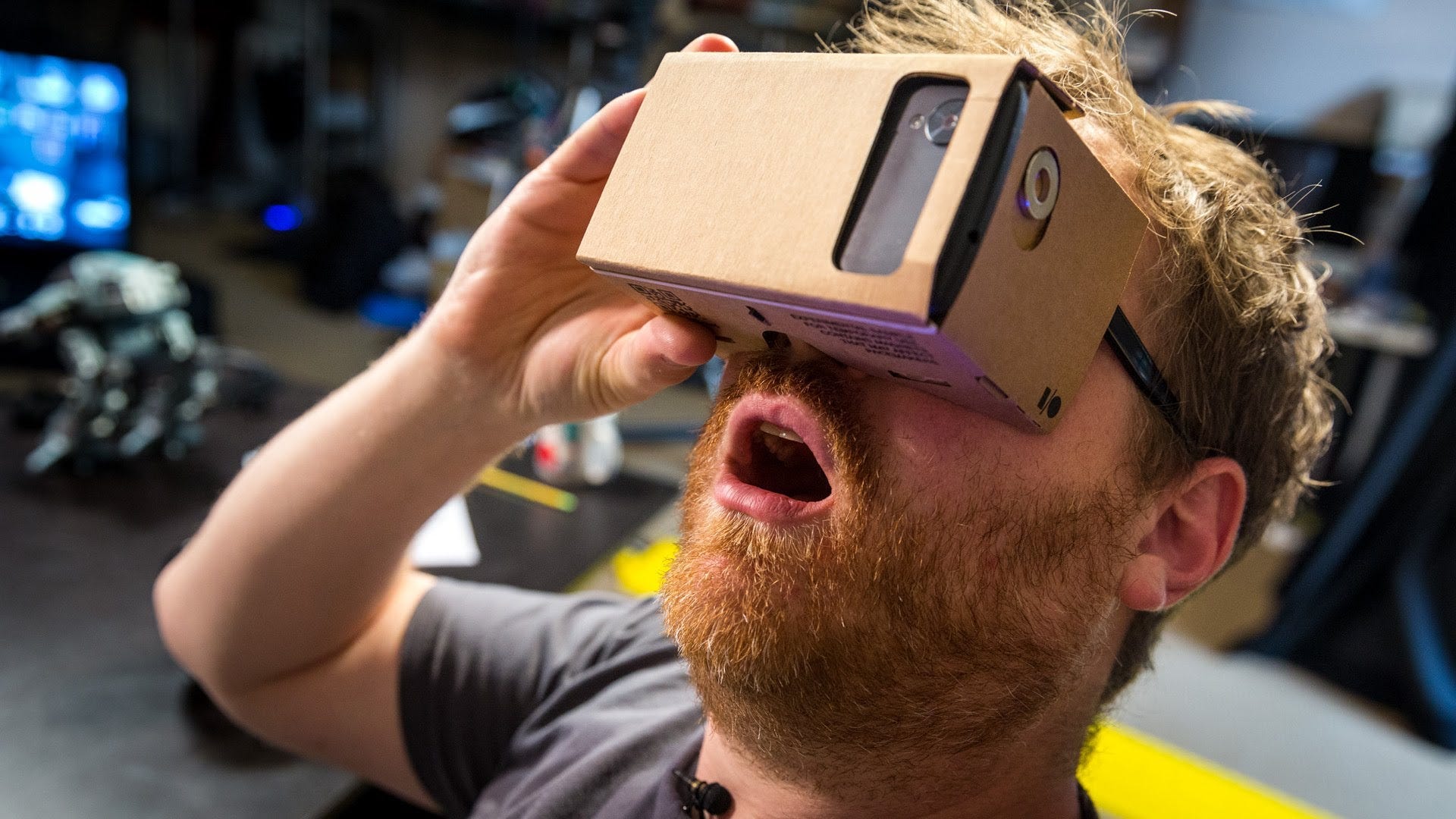Virtual reality is everywhere these days. Gamer or not, the technological revolution is pretty much inescapable. Throughout the course of 2016, we’ll be staring down the barrel of a grand assortment of devices, every one released the sole aim of putting you in another world. The promise of virtual reality is undeniably attractive — who wouldn’t want to get one step closer to another world, after all? That allure and a new wave of tech have created an unstoppable march of progress. In other words, virtual reality is an inevitability.
But, that’s not the question on the table. Is 2016 the year when virtual reality will finally embed itself permanently in the public’s consciousness? Society has finally gotten pumped up about VR, but is the time right — is the tech right — to get virtual reality off the ground?
Who Really Wants VR?

When we talk about virtual reality’s ability to become a real, live thing instead of the subject that launched a thousand Kickstarter drives, we need to begin by asking: who in the heck is really interested?
Obviously, big businesses win the excitement game hands down. Around E3 last year, some hot shot finance firm predicted that, “the amount of AR and VR devices sold will rise from 2.5 million this year, to a whopping 24 million in 2018. It forecasts that the market will be worth more than $4 billion.”
That little bit of fortune-telling got businesses’ attention. Then, early this year, another research place with smart people said that the real numbers were closer to $5.1 billion this year alone. “Meanwhile,” says Fortune, “the global market is expected to grow to $8.9 billion in 2017 and $12.3 billion in 2018.” Yeah. Buy stock now.
Now, on the buyer’s side of the aisle, we should probably start with the fact that VR is sweet. No, really freaking sweet. Pretty much everyone who tries it loves it and it’s exciting to every demographic. Perhaps unsurprisingly, people over the age of 60 are least excited for the new tech, but even 64 percent of geriatrics are still interested in taking VR for a spin.
In short … everybody is excited for VR. But, everybody is also excited about jetpacks, but that doesn’t make them any more attainable.
VR Consoles
In the field of virtual reality device supremacy, there are three major contenders: the long-marketed Oculus Rift, the HTC Vive, and the newly announced Playstation VR. Every one of these highly-anticipated devices will be released by the end of the year, and every one of these devices have been tried and raved about. Even more, those are just the most prominent names in the industry right now; everyone and their mom is gearing up to release some kind of headset within the next 12 months.

Here’s the biggest issue, though. The biggest, shiniest VR headsets are expensive. The Oculus Rift will cost $600 and the Vive is going to be almost $800. At the moment, the only really cost effective headset is Playstation VR, which is still $400 bones on top of the base price of the console. If you’re reading that with your mouth agape, you’re not alone. Analysts predict that the first round of high-end VR devices will be outside of people’s budgets.
Here’s another thing to consider. Generation Z is the group that’s most excited about virtual reality, and those guys are flat broke. So, unless Mom or Dad is raking in the big bucks, initial sales of VR headsets may be kind of low, regardless of how excited everyone is about the technology.
VR’s Best Hope

So, right now, cost is the most prohibitive part of virtual reality. Thankfully, about the same time someone decided to get some VR up in their PC, someone else had the idea to apply the same technology to smartphones, which (shock) turned out to be a much cheaper proposition (also, no tether). Samsung and LG and all those guys are building specific headsets for their phones (but Zeiss’ VR One is totally the coolest).
Head and shoulders above those guys with their stupid “make customers pay money” way of thinking, there’s Google Cardboard, probably VR’s best hope in 2016. Not only is their software free to download to your phone, but their headset is a $15 (or less) DIY job, making Google’s Cardboard a pretty easy to way to dip your toe in the pool of VR without, you know, buying scuba gear and a deep sea shuttle before you even know if you like the water.
Since it launched 19 months ago, Google Cardboard has been very successful. 5 million units have been shipped and 25 million downloads have been recorded.
Of course, by the numbers, that’s still miniscule. Look at it this way: in June of 2015, Apple reported that they had seen the download of 15 billion apps in one year. That’s awesome … until you learn that the App Store only gets about half the downloads as Google Play. In other words, 25 million downloads is a drop in the bucket.
TL;DR

Is 2016 the year for virtual reality? Nope.
People are getting pumped for it, but just like every new technology the best bits are too expensive to be really popular at first. We’re going to see some cool stuff hit the market in 2016, but it won’t become really feasible to the general public until next year, and — if technology tradition holds — they won’t build a really good, working unit until the year after that.
If you’re a gamer, it’ll take at least two years for good game developers to carry out the promises they’ve made to deliver new video games to make the most of this new technology. (Don’t worry it’ll happen quicker than you think.) In the meantime, don’t count on a really awesome mobile game VR experience any time soon. After all, there’s a reason you game on your phone, but you also shelled out the cash for a console or a PC, right?
So, while the coming months will see the beginning of a new industry, 2018 is much more likely to be the year when virtual reality takes hold in our society. Sure, you may have been aware that VR was in the works in a big way for the past 2 years, but your parents and grandparents couldn’t have given less of a…well, you know. This year, though, Fox News is finally starting to talk about VR, and businesses are finally taking the industry seriously, and now your parents are thinking, Hmmmm.
2016 is the beginning. 2018 is the year of VR.







Published: Mar 21, 2016 02:43 pm